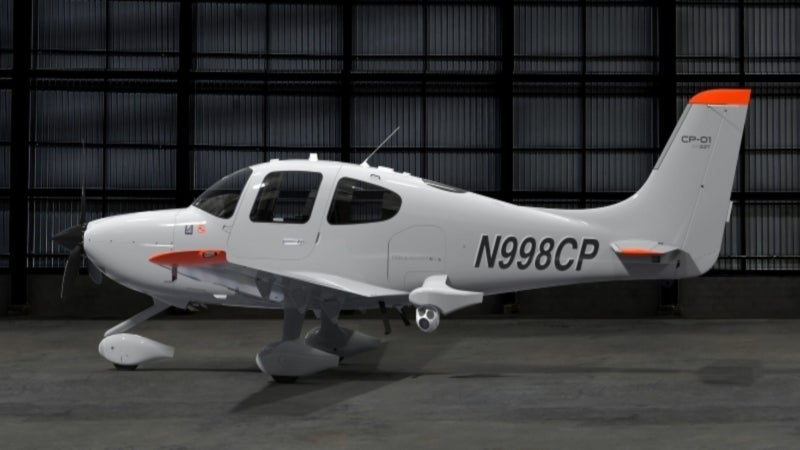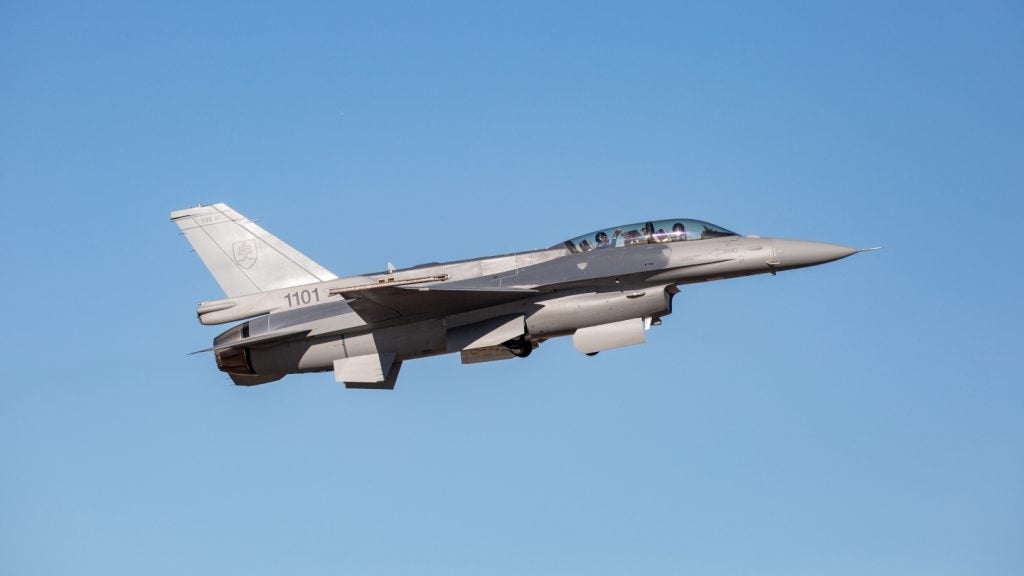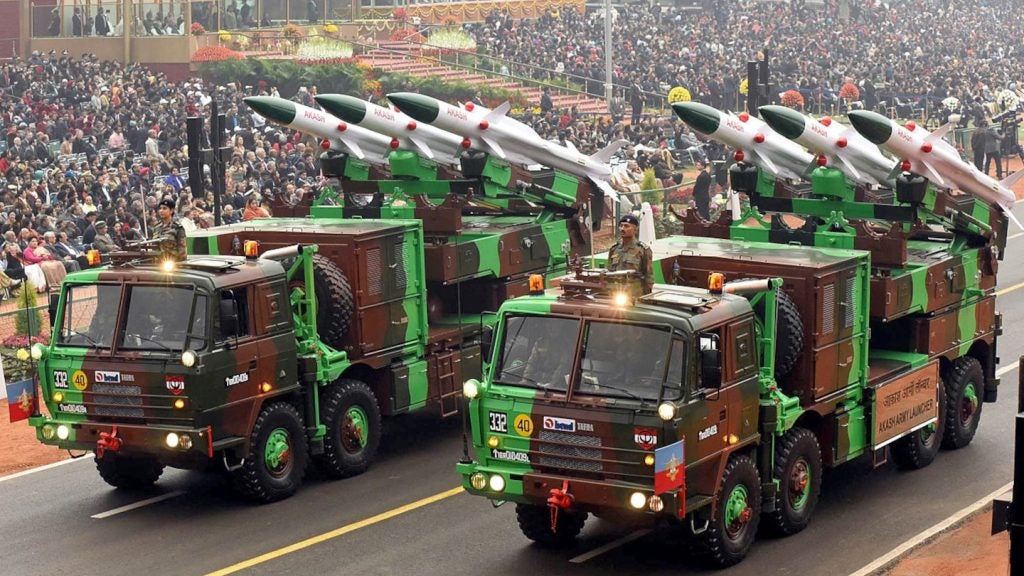
Cirrus Perception is a multi-mission intelligence, surveillance and reconnaissance (ISR) aircraft developed by Cirrus Aircraft. It is based on the Cirrus SR22 / SR22T civil utility aircraft.
The aircraft can be deployed in command and control, law enforcement, military pilot training, search and rescue, VIP / captive transport, border surveillance, mapping and photography, aerial surveying, disaster management and support missions.
Unveiled in July 2014, Cirrus Perception is certified by the Federal Aviation Administration (FAA) and was displayed for the first time to the public during the Airborne Law Enforcement Association (ALEA) Expo in July.
Cirrus Perception design and features
Cirrus Perception features a low-wing cantilever monoplane design. Its fuselage is made of composite materials and is equipped with a recovery parachute system known as Cirrus Airframe Parachute System (CAPS).
The under-fuselage is fitted with a non-retractable tricycle landing gear, including a castering nose wheel and two steerable main wheels. The cabin offers seating for a crew and up to four passengers, who can access it through doors on either side of the fuselage. The cabin also features USB power ports, standard leather interior and tinted windows.
The airframe integrates standard equipment, including airbag seatbelts for front seats, single movement power lever, dual side yoke, dual alternators, advanced wheel fairings, high-performance brakes, tubeless tires and surface illumination lights.
The aircraft has a length of 7.92m, height of 2.7m and a wing span of 11.68m. The cabin measures 124cm-wide and 127m-high. The aircraft based on the SR22 airframe has an empty weight of 1,028kg and can carry a maximum useful load of 605kg.
Integrated avionics system
The cockpit is equipped with an Garmin Cirrus Perspective® integrated avionics system, comprising a primary flight display (PFD), a multi-function flight display (MFD), a GMA 350c all-digital Bluetooth® audio panel, a keyboard controller, dual WAAS GPS / communication/navigation radios, an ADS-B out transponder and an emergency locator transmitter (ELT).
The 10in displays present moving map, satellite weather data, synthetic vision, infrared enhanced vision system (EVS), terrain awareness, traffic data, fuel gauge, as well as engine and subsystems information.
The aircraft also features GFC700 digital autopilot offering hands-off flying experience. It is also equipped with a dual attitude and heading reference system (AHRS), and electronic stability and protection (ESP) system.
Sensors aboard Cirrus Perception
The Cirrus Perception special mission aircraft is installed with Cloud Cap TASE imaging package from UTC Aerospace Systems and FLIR Systems Star 380 HDC EO/IR system. The TASE500 and TASE400 sensors aboard the aircraft offer advanced imagery, while Star 380 HDC delivers ultra long-range imaging and electro-optical infrared capabilities for special mission operations.
The open architecture of the sensor mounting system allows for the integration of sensors and imaging systems from leading sensor systems integrators. The customers can select a range of user stations and mission-specific equipment and can remove / reconfigure the sensor suite according to their requirements.
Engine and performance of the special mission aircraft
Cirrus Perception is offered with either Continental IO-550-N 310hp engine or TSIO-550-K 315hp turbocharged engine. The engine drives a Hartzell three-bladed lightweight composite propeller.
The aircraft based on the SR22 airframe has a stall speed of 60 knots calibrated airspeed (KCAS) and maximum cruise speed of 183 knots true airspeed (KTAS).
The special mission aircraft can climb at a rate of 6.45m/sec to reach a maximum altitude of 5,334m, and requires a take-off distance of 330m along with a landing ground roll of 359m.










